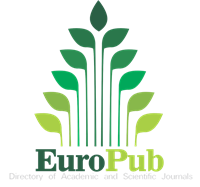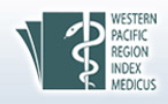Abstract:
Objective To explore the effectiveness of art therapy based on painting in ADHD intervene for classroom interfering behaviors. Methods A total of 60 children with ADHD were randomly selected from three primary schools in Wenfeng District, Anyang City, Henan Province.All the children were randomly divided into two groups.The control group received no intervention.The observation group was intervened with painting art for 8 weeks.The achievement rate of classroom goal behavior and the scores of Conners children's behavior questionnaire were compared before and after the experiment. Results The achievement rate of all classroom target behaviors (no noise in class, no repetition of teacher's speech in class, obeying instructions, no leaving the seat without permission in class, participating in classroom activities) in the observation group was significantly higher after intervention (χ2=23.65, 30.54, 18.54, 16.98, 20.34, P < 0.05), and significantly higher than that in the control group (χ2=16.22, 36.02, 24.43, 38.55, 16.95, P < 0.05).The results of Conners children's behavior questionnaire showed that the scores of learning problems, impulse/hyperactivity and hyperactivity index in the observation group were significantly lower after intervention (Z=7.63, 8.42, 9.56, P < 0.05), and significantly lower than those in the control group (Z=10.81, 11.25, 10.16, P < 0.05).Teacher-rated Conners children's behavior questionnaire showed that the scores of behavior problems, hyperactivity, inattention passivity and hyperactivity index in the observation group were significantly lower (Z=6.32, 7.56, 10.03, 9.18, P < 0.05), and significantly lower than those in the control group (Z=11.66, 19.22, 12.24, 9.01, P < 0.05). Conclusion Art therapy based on painting in ADHD intervention can effectively reduce classroom interfering behaviors, promote concentration and improve ADHD symptoms.











